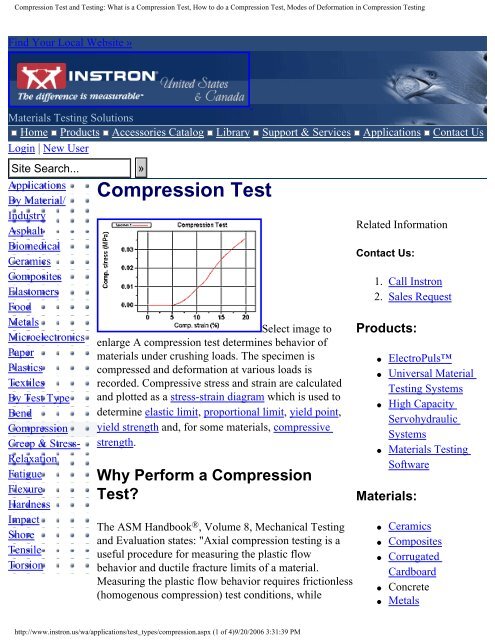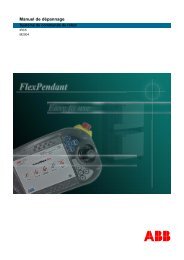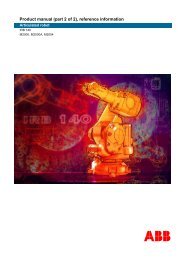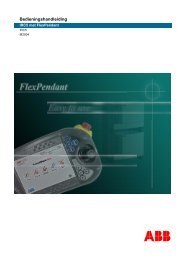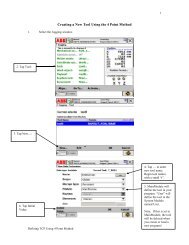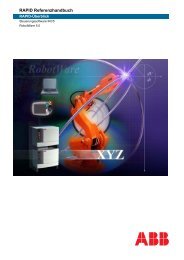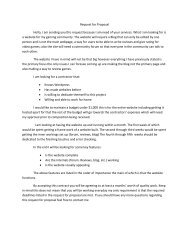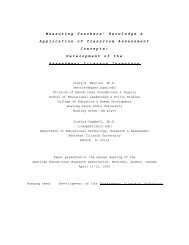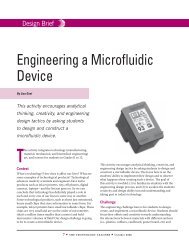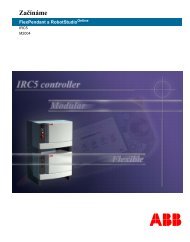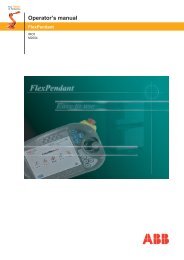Compression Test and Testing: What is a Compression Test, How to ...
Compression Test and Testing: What is a Compression Test, How to ...
Compression Test and Testing: What is a Compression Test, How to ...
You also want an ePaper? Increase the reach of your titles
YUMPU automatically turns print PDFs into web optimized ePapers that Google loves.
<strong>Compression</strong> <strong>Test</strong> <strong>and</strong> <strong>Test</strong>ing: <strong>What</strong> <strong>is</strong> a <strong>Compression</strong> <strong>Test</strong>, <strong>How</strong> <strong>to</strong> do a <strong>Compression</strong> <strong>Test</strong>, Modes of Deformation in <strong>Compression</strong> <strong>Test</strong>ingFind Your Local Website »Materials <strong>Test</strong>ing SolutionsHome Products Accessories Catalog Library Support & Services Applications Contact UsLogin | New UserApplicationsBy Material/IndustryAsphaltBiomedicalCeramicsCompositesElas<strong>to</strong>mersFoodMetalsMicroelectronicsPaperPlasticsTextilesBy <strong>Test</strong> TypeBend<strong>Compression</strong>Creep & Stress-RelaxationFatigueFlexureHardnessImpactShoreTensileTorsion<strong>Compression</strong> <strong>Test</strong>Select image <strong>to</strong>enlarge A compression test determines behavior ofmaterials under crushing loads. The specimen <strong>is</strong>compressed <strong>and</strong> deformation at various loads <strong>is</strong>recorded. Compressive stress <strong>and</strong> strain are calculated<strong>and</strong> plotted as a stress-strain diagram which <strong>is</strong> used <strong>to</strong>determine elastic limit, proportional limit, yield point,yield strength <strong>and</strong>, for some materials, compressivestrength.Why Perform a <strong>Compression</strong><strong>Test</strong>?The ASM H<strong>and</strong>book ® , Volume 8, Mechanical <strong>Test</strong>ing<strong>and</strong> Evaluation states: "Axial compression testing <strong>is</strong> auseful procedure for measuring the plastic flowbehavior <strong>and</strong> ductile fracture limits of a material.Measuring the plastic flow behavior requires frictionless(homogenous compression) test conditions, whileRelated InformationContact Us:1. Call Instron2. Sales RequestProducts:●●●●ElectroPulsUniversal Material<strong>Test</strong>ing SystemsHigh CapacityServohydraulicSystemsMaterials <strong>Test</strong>ingSoftwareMaterials:●●●●●CeramicsCompositesCorrugatedCardboardConcreteMetalshttp://www.instron.us/wa/applications/test_types/compression.aspx (1 of 4)9/20/2006 3:31:39 PM
<strong>Compression</strong> <strong>Test</strong> <strong>and</strong> <strong>Test</strong>ing: <strong>What</strong> <strong>is</strong> a <strong>Compression</strong> <strong>Test</strong>, <strong>How</strong> <strong>to</strong> do a <strong>Compression</strong> <strong>Test</strong>, Modes of Deformation in <strong>Compression</strong> <strong>Test</strong>ingmeasuring ductile fracture limits takes advantage of thebarrel formation <strong>and</strong> controlled stress <strong>and</strong> strainconditions at the equa<strong>to</strong>r of the barreled surface whencompression <strong>is</strong> carried out with friction.●Plastics<strong>Test</strong>ing Tips●●●●General TipsGrip PenetrationGripping SolutionsSelecting FacesHaving problemsdownloading a PDF?Axialcompression testing <strong>is</strong> also useful for measurement ofelastic <strong>and</strong> compressive fracture properties of brittlematerials or low-ductility materials. In any case, the useof specimens having large L/D ratios should be avoided<strong>to</strong> prevent buckling <strong>and</strong> shearing modes ofdeformation 1 ."The image at right shows variation of the strains duringa compression test without friction (homogenouscompression) <strong>and</strong> with progressively higher levels offriction <strong>and</strong> decreasing aspect ratio L/D (shown as h/d) 1 .http://www.instron.us/wa/applications/test_types/compression.aspx (2 of 4)9/20/2006 3:31:39 PM
<strong>Compression</strong> <strong>Test</strong> <strong>and</strong> <strong>Test</strong>ing: <strong>What</strong> <strong>is</strong> a <strong>Compression</strong> <strong>Test</strong>, <strong>How</strong> <strong>to</strong> do a <strong>Compression</strong> <strong>Test</strong>, Modes of Deformation in <strong>Compression</strong> <strong>Test</strong>ingModes ofDeformation in <strong>Compression</strong><strong>Test</strong>ingThe figure <strong>to</strong> the right illustrates the modes ofdeformation in compression testing. (a) Buckling, whenL/D > 5. (b) Shearing, when L/D > 2.5. (c) Doublebarreling, when L/D > 2.0 <strong>and</strong> friction <strong>is</strong> present at thecontact surfaces. (d) Barreling, when L/D < 2.0 <strong>and</strong>friction <strong>is</strong> present at the contact surfaces. (e)Homogenous compression, when L/D < 2.0 <strong>and</strong> nofriction <strong>is</strong> present at the contact surfaces. (f)Compressive instability due <strong>to</strong> work-softening material 1 .Typical MaterialsThe following materials are typically subjected <strong>to</strong> acompression test.●●●●●●ConcreteMetalsPlasticsCeramicsCompositesCorrugated CardboardRelated Linkshttp://www.instron.us/wa/applications/test_types/compression.aspx (3 of 4)9/20/2006 3:31:39 PM
<strong>Compression</strong> <strong>Test</strong> <strong>and</strong> <strong>Test</strong>ing: <strong>What</strong> <strong>is</strong> a <strong>Compression</strong> <strong>Test</strong>, <strong>How</strong> <strong>to</strong> do a <strong>Compression</strong> <strong>Test</strong>, Modes of Deformation in <strong>Compression</strong> <strong>Test</strong>ingCase Study - Civil Engineering Component <strong>Test</strong>Case Study - Elas<strong>to</strong>meric R&D <strong>Test</strong>ingCase Study - Single Frame for Complete Pipe <strong>Test</strong>SolutionASM International - Society for Materials Engineers<strong>and</strong> Scient<strong>is</strong>ts1 ASM H<strong>and</strong>book, Vol. 8, Mechanical <strong>Test</strong>ing <strong>and</strong> Evaluation,ASM International, Materials Park, OH 44073-0002, fig. 6(b),page 146; <strong>Test</strong> Methods, first paragraph only, page 147; fig. 1,page 143; 2 sentences under Flexural Strength <strong>Test</strong>, page 32.Instron Corporation Headquarters, 825 University Ave, Norwood, MA 02062-2643, U.S.A. ,web@instron.comCopyright © 1997-2006 Instron Corporation. All rights reserved. Privacy Policy | Terms of Use | SiteRequirements | Export Controlhttp://www.instron.us/wa/applications/test_types/compression.aspx (4 of 4)9/20/2006 3:31:39 PM


